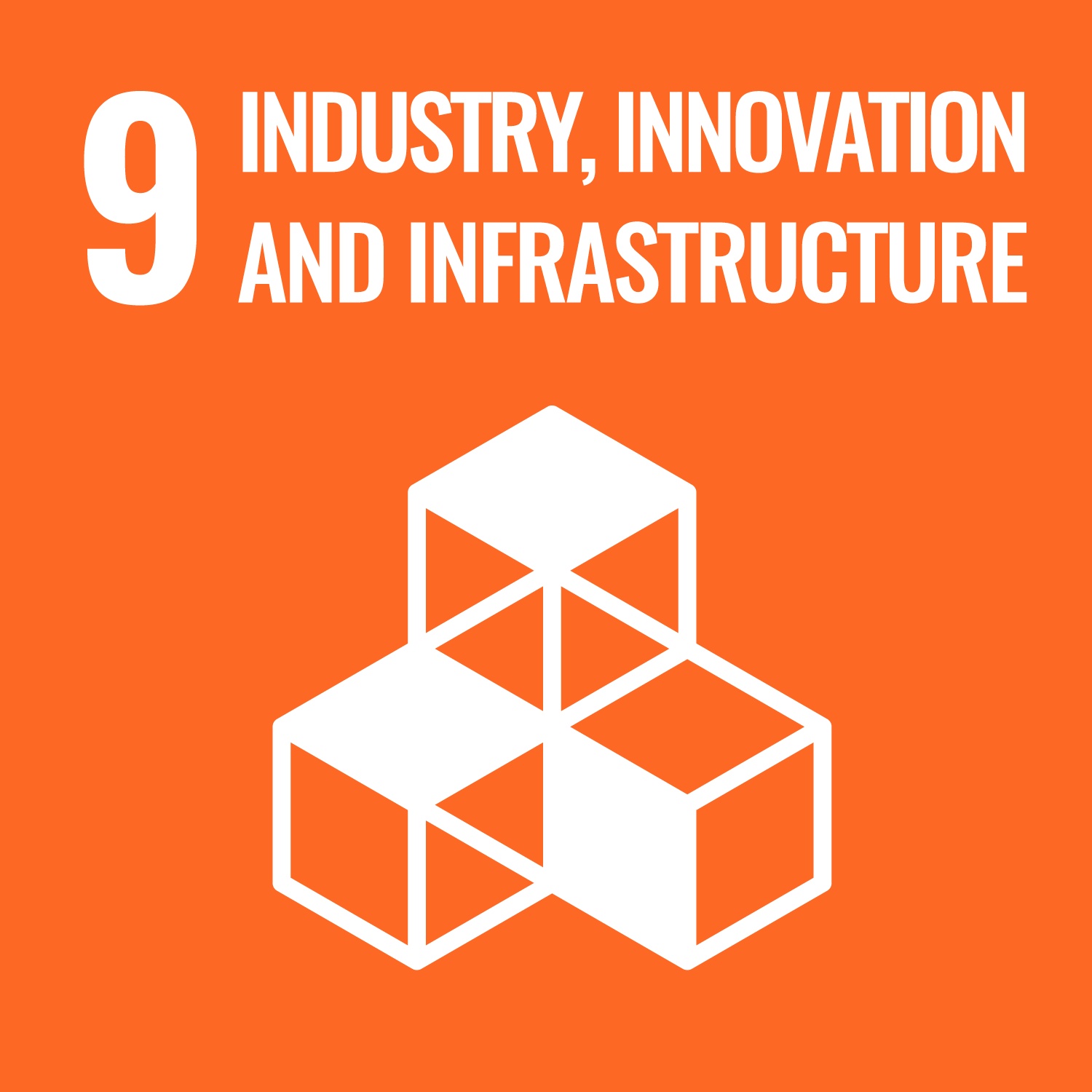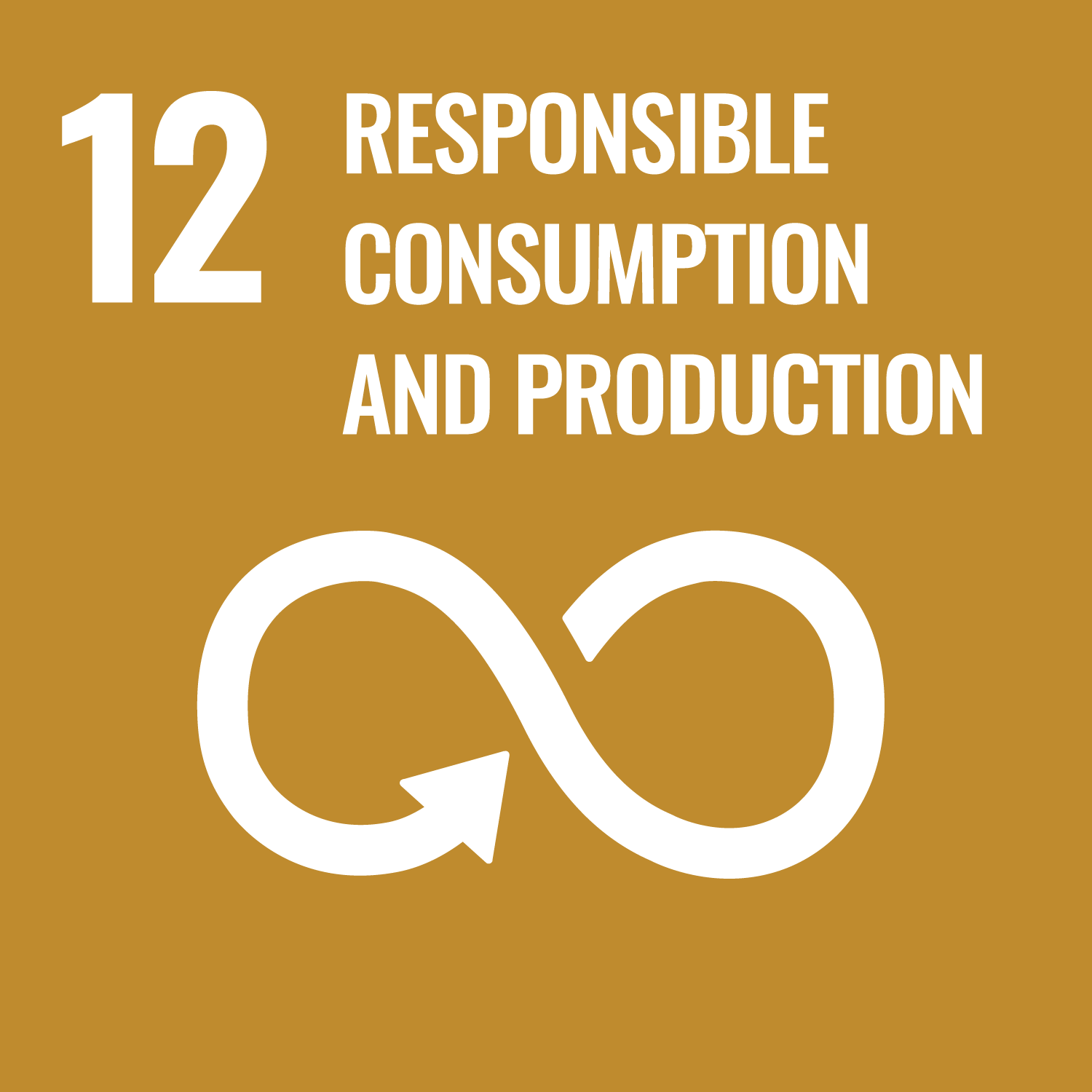Micro machine engineering is an engineering field that is applied LSI manufacturing techniques (e.g. photolithography) to
fabricating for machine elements. This field is called MEMS (MicroElectroMechanical Systems), systems that electronics and
mechanics are fused in micro scale are treated. Unlike the integrated circuit technology, MEMS devices can handle many physical
quantities (e.g. acceleration, sound, light, electromagnetic radiation, etc.). That means MEMS devices are available in a
wide field applications. Silicon microphone or an acceleration sensor has been already put in practical use, MEMS fields will
develop in the future is expected. In this lecture, we learn basics of micro machine engineering, then get deep understanding
with reading actual MEMS technical papers.
Lean fundamental knowledge about MEMS techniques.
Exercise the technical presentation using MEMS referring papers.
Exercise the technical presentation using MEMS referring papers.
- Understanding basic of MEMS element techniques (e.g. film deposition, vacuum technology, photolithography and etching).
- Survey MEMS documents in online, find the target papers, then understand the schematic of those papers.
- Reading MEMS papers, understand their concepts and discuss about the usability and improvements with other students participating in this lecture.
| Class schedule | HW assignments (Including preparation and review of the class.) | Amount of Time Required | |
|---|---|---|---|
| 1. | Introduction: What is MEMS, micro-machine technology. | Understand distribution handouts, references, reference sites, etc. | 60minutes |
| 2. | Elementary techniques 1 (thin membrane deposition, vacuum systems). | Understand distribution handouts, references, reference sites, etc. | 60minutes |
| 3. | Elementary techniques 2 (photolithography, etching techniques). | Understand distribution handouts, references, reference sites, etc. | 60minutes |
| 4. | Elementary techniques 3 (micro/nano fabrication techniques). | Understand distribution handouts, references, reference sites, etc. | 60minutes |
| 5. | Elementary techniques 4 (surface micro machining, bulk micro machining). | Understand distribution handouts, references, reference sites, etc. | 60minutes |
| 6. | MEMS Applications 1 (Optical MEMS, Power MEMS) | Understand distribution handouts, references, reference sites, etc. | 60minutes |
| 7. | MEMS Applications 2 (Bio-MEMS, uTAS, RF-MEMS) | Understand distribution handouts, references, reference sites, etc. | 60minutes |
| 8. | MEMS Applications 3 (Micro Robotics, Micro actuators) | Understand distribution handouts, references, reference sites, etc. | 60minutes |
| 9. | Student's presentation 1 | Understand distribution handouts, references, reference sites, etc. | 60minutes |
| 10. | Student's presentation 2 | Understand distribution handouts, references, reference sites, etc. | 60minutes |
| 11. | Student's presentation 3 | Understand distribution handouts, references, reference sites, etc. | 60minutes |
| 12. | Student's presentation 4 | Understand distribution handouts, references, reference sites, etc. | 60minutes |
| 13. | Student's presentation 5 | Understand distribution handouts, references, reference sites, etc. | 60minutes |
| 14. | Student's presentation 6 | Understand distribution handouts, references, reference sites, etc. | 60minutes |
| 15. | Report/Presentation feedback | ||
| Total. | - | - | 840minutes |
| Presentation | Reports | Total. | |
|---|---|---|---|
| 1. | 20% | 30% | 50% |
| 2. | 20% | 20% | |
| 3. | 30% | 30% | |
| Total. | 70% | 30% | - |
70%: the survey presentation about the English papers concerned with MEMS techniques, 30%: individual reports about the micro
machine fields. Overall points is 100 points, and passing score is the 60 points or more.
Gregory T. Kovacs, "Micromachined Transducers Sourcebook," McGraw-Hill Science, ISBN-10: 0072907223, 1998.
This book is good for the graduate students and the newcomer for the MEMS field. English level is easy to understanding.
Marc J. Madou, "Fundamentals of Microfabrication: The Science of Miniaturization, Second Edition," CRC Press, ISBN-10: 0849308267, 2002.
This book is a good text for the MEMS fields. The Third edition of this book is now published but it becomes three-volume set ... the second edition is enough for graduate students and easy to get via internet.
This book is good for the graduate students and the newcomer for the MEMS field. English level is easy to understanding.
Marc J. Madou, "Fundamentals of Microfabrication: The Science of Miniaturization, Second Edition," CRC Press, ISBN-10: 0849308267, 2002.
This book is a good text for the MEMS fields. The Third edition of this book is now published but it becomes three-volume set ... the second edition is enough for graduate students and easy to get via internet.
As there are many good www sites treating the MEMS techniques, search the keywords (e.g. “Micromachine engineering”, “MEMS”)
and find out several reference sites.These sites can be great help when you perform your technical paper searching and report
writing.
- Tuesday, lunch time, I'll accept questions. In order to make a answer time certainly, please make an appointment in advance.
- Course that cultivates an ability for utilizing knowledge
| Work experience | Work experience and relevance to the course content if applicatable |
|---|---|
| N/A | N/A |


- 9.INDUSTRY, INNOVATION AND INFRASTRUCTURE
- 12.RESPONSIBLE CONSUMPTION & PRODUCTION
Last modified : Sat Mar 21 13:14:40 JST 2020

